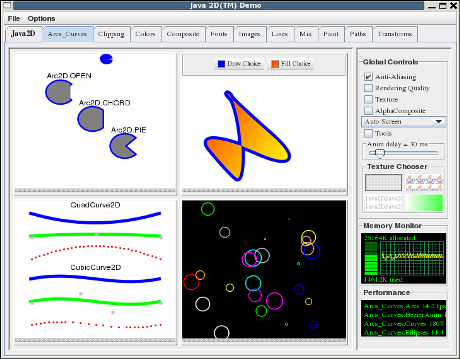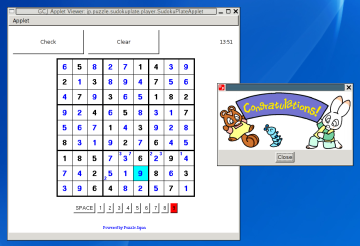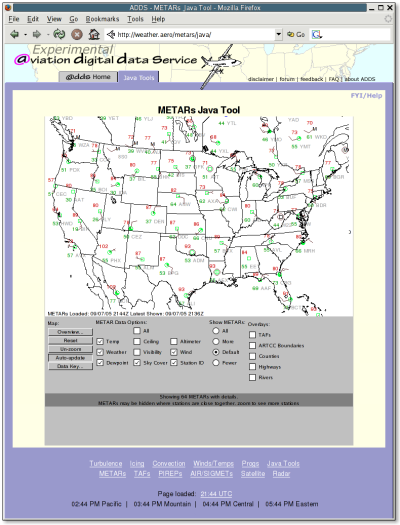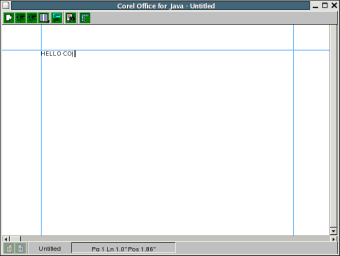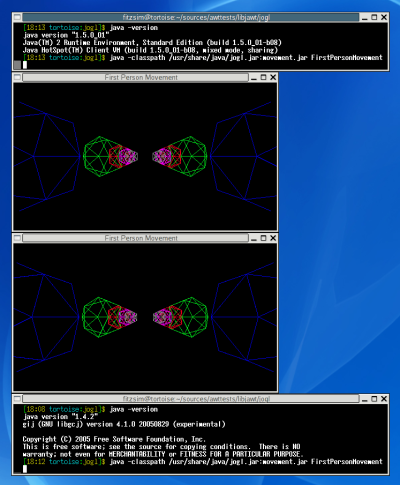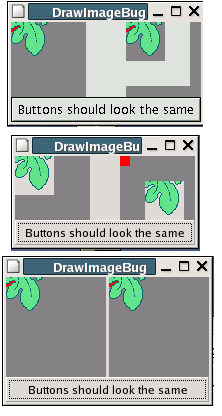Tom Marble is a wizard at getting the right people in a room together. In the Distro DevJam we had Java packagers from Debian, Ubuntu, Fedora, Red Hat, OpenSUSE, SUSE, Mandriva, Gentoo and FreeBSD, together with all the right people from Sun. This was the perfect group for discussing packaging issues surrounding OpenJDK (and a great audience for my talk).
My feeling is that there is now a general consensus among the distros about how to solve the technical issues of packaging OpenJDK. The remaining tricky issues are procedural:
1) creating a good OpenJDK contributor license agreement that works for free software developers
2) giving distros the ability to self-certify
3) making the JCP open to free software contributors (e.g., no click-throughs on specs)
We discussed 2 and 3 in the DevJam but it was too soon to talk about solutions. I hinted at 1 in my slides with “accepts most patches upstream”, but in retrospect I feel I should have emphasized the importance of a good CLA when seeking copyright assignment from external free software contributors. Anyway, given the discussion in the room, I feel that these problems will eventually be solved but that some patience will be required.
Sun’s showing at FOSDEM was very impressive. The presentations were helpful in that they provided a preview of Sun’s development processes. Because I’ve worked on GNU Classpath’s AWT, I was especially glad to meet Igor Nekrestyanov, who is working on the Sun Java2D team to replace the class library encumbrances.
Already as a result of our FOSDEM meetings we’re seeing opportunities for collaboration. External contributors are still in an awkward position until the class library code drop actually happens, but in the meantime there are opportunities to contribute to third-party libraries that Sun is using to replace the encumbrances. Along these lines, I learned at FOSDEM that the Java plugin will not be released with the initial code drop. Maybe gcjwebplugin can be adapted to act as a temporary stop-gap.
One non-Java FOSDEM observation: the Fedora booth was excellent, complete with Fedora flip-flop/boating-key-chain giveaways.
